
Life Stages Reproduction to Puberty

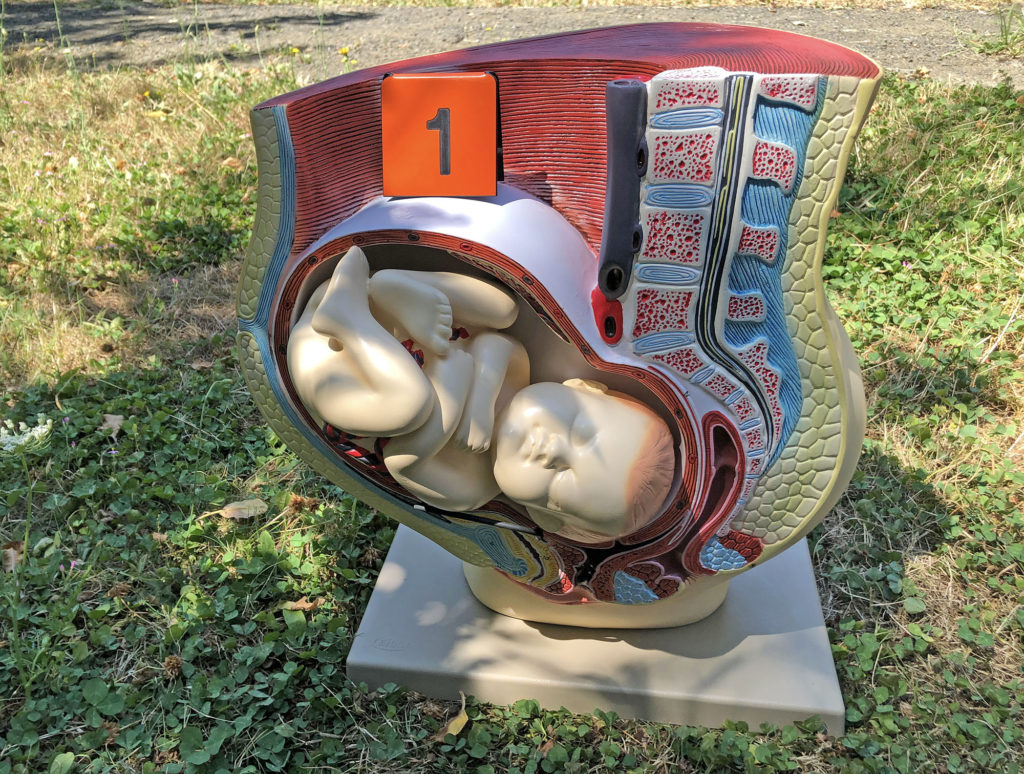
Life Stage Objectives
- Describe male and female reproductive structures, including what they produce and factors that can cause infertility.
- List key stages of development after fertilization and impacts on a woman’s body during pregnancy.
- Provide characteristics of a newborn, including structures and behaviors.
We will start with reproduction and a comparison of genetic male and female pelvises.
We are using the term “male” related to having specific hormonal and reproductive structures, including testicles and a penis, and “female” related to having specific hormonal and reproductive structures including ovaries and a uterus. In the future we think there will be more universally available and shared terminology and research to encompass the broad range of physical, sexual, and gender-related identities that are currently limited to male, female, man, woman, etc. In the mean time, we are using the nomenclature often used in medicine in the context of discussing puberty, pregnancy, infertility, and diseases of the reproductive organs.
While watching this video of male reproductive structures, write down the functions of the various structures in your notes.
Now, record the functions of female reproductive structures, noting the similarities to, and differences from, male reproductive organs.
Although not technically an organ involved in reproduction, female breasts are critical in supplying nutrients to a baby. Adipose tissue in replaced with lobular glands that produce milk.
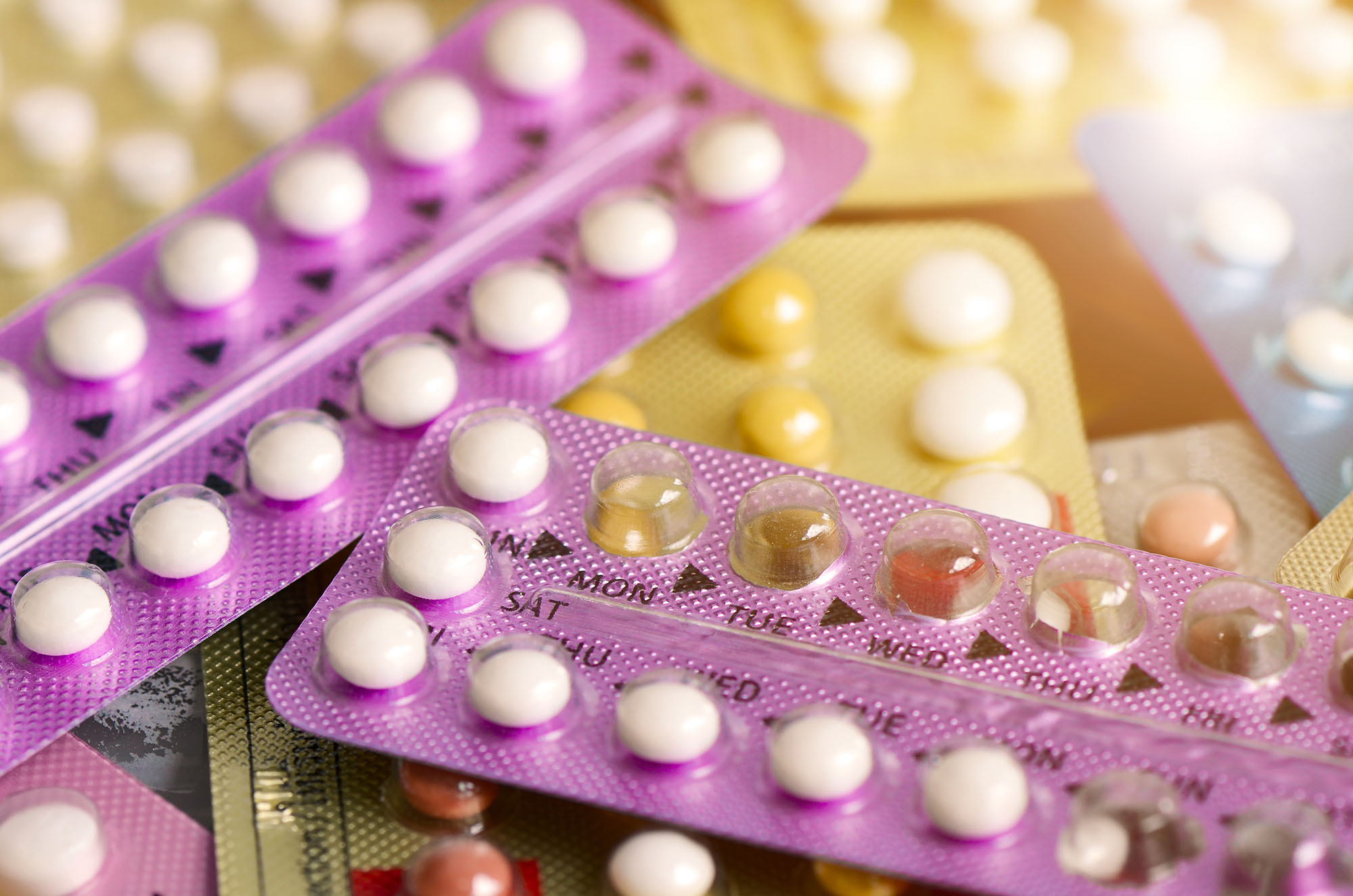
Early as adults we often focus on behaviors that reduce the possibility of conception. Schooling, work commitments, and finances sometimes delay starting a family for many years.
For individuals who want to give birth to children, time can become an issue as this video explains.

Individuals are increasingly relying on medical procedures like in vitro fertilization to increase reproductive success with advancing age. These techniques are expensive, not available to everyone, and do not guarantee success.
This section takes a closer look at some of the changes that occur during pregnancy, as well as soon after birth.
Let’s begin with a sperm fertilizing an egg.
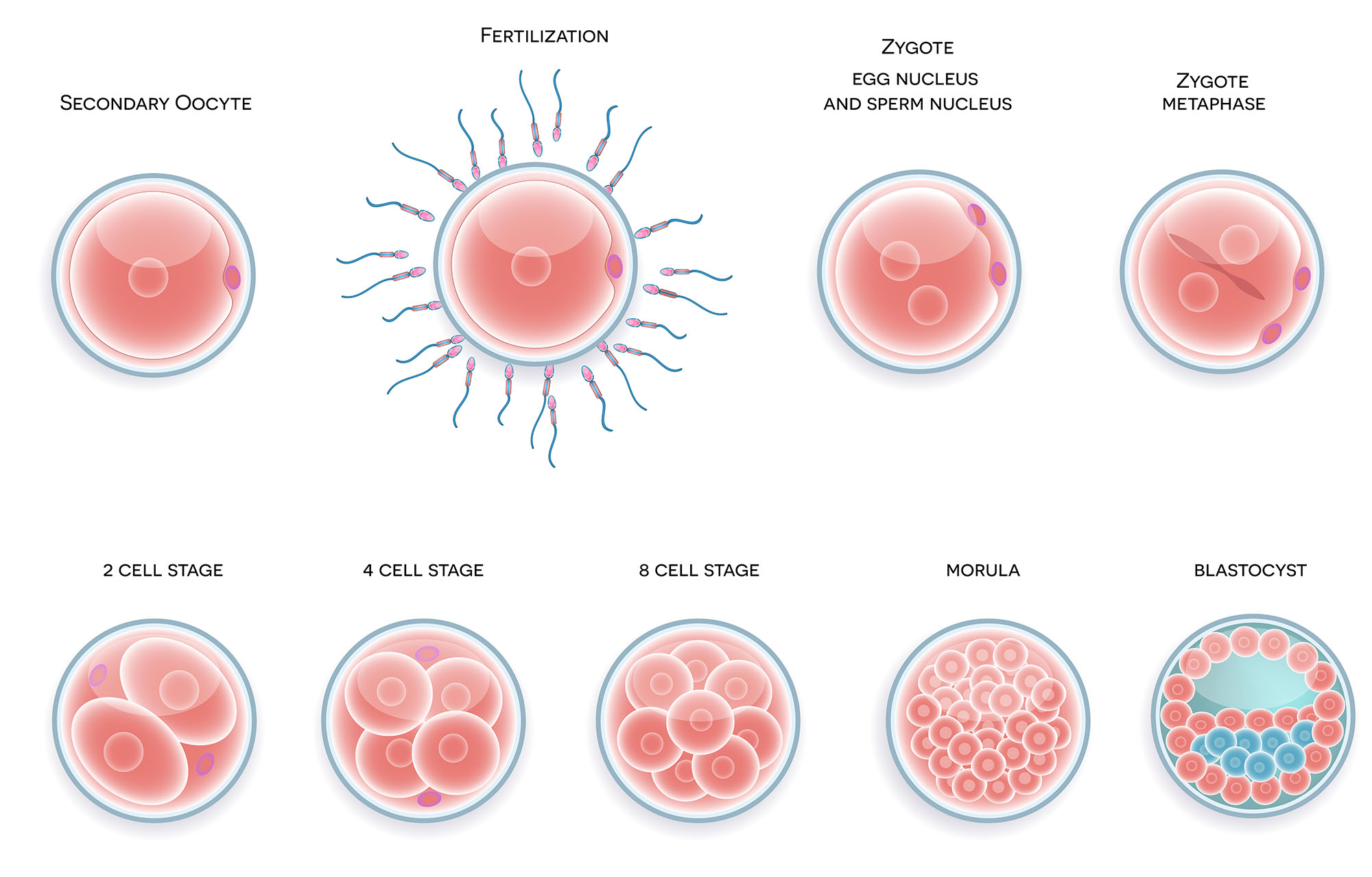
After fertilization, the fertilized egg quickly divides to produce more cells. From the first module, division of one cell to produce two identical cells is called _____.
The new mass of cells (morula) is moving down the fallopian tube into the uterus. The blastula implants into the endometrium lining of the uterus. The mother’s health is important throughout a pregnancy, including the first trimester, as explained in the next video.
Pregnancy
During pregnancy and infancy, a parent may be the most educated they will ever be. This video explains why.
Third Trimester
Pregnancy has a significant impact on a woman’s body, as this video explains.
Model Pregnancy
Since hormones fluctuate during pregnancy to support implantation of the blastula, development of the embryo and feeding of the fetus; many organ systems are impacted. We tend to hear the most about neurological impacts, but many other impacts occur.
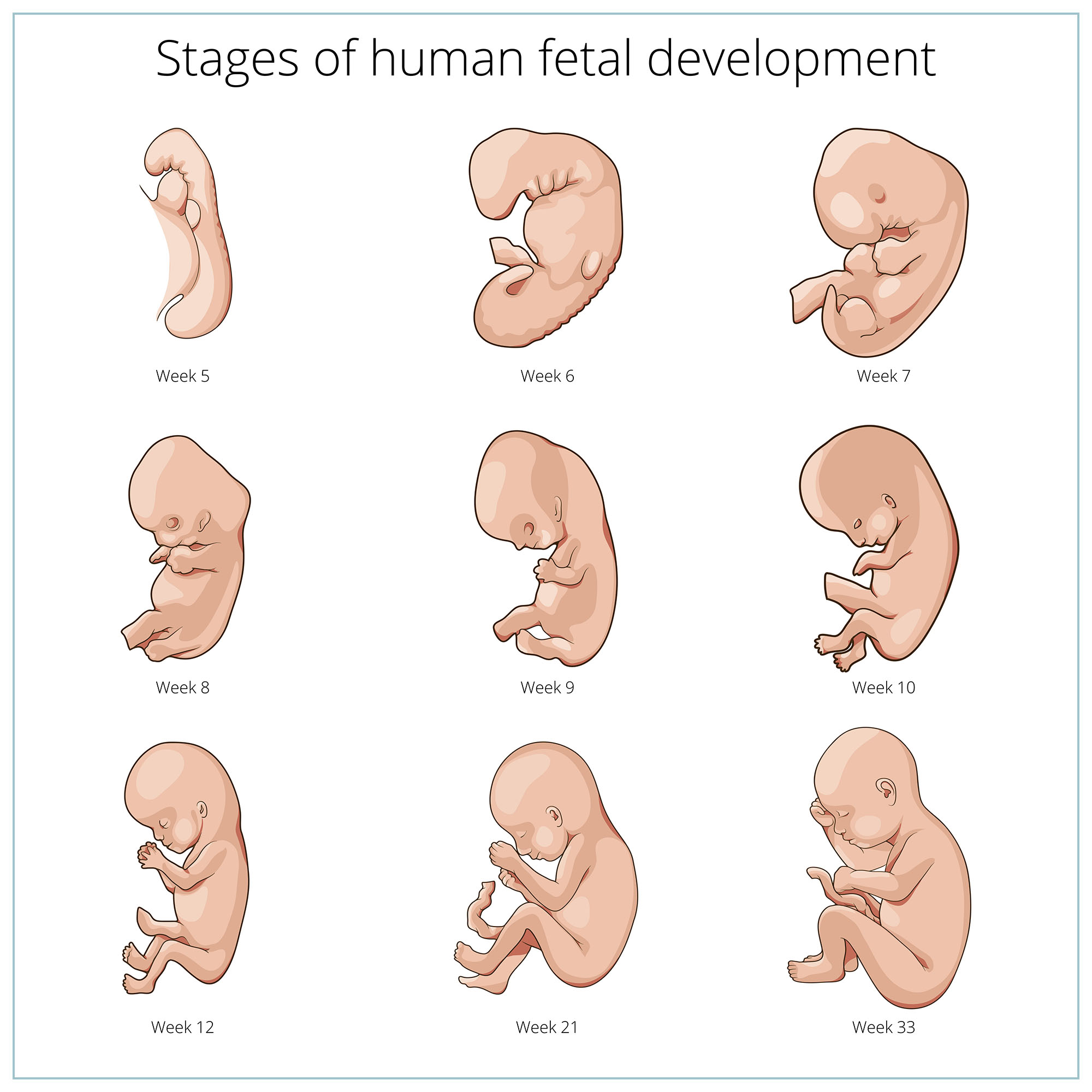
These illustrations are not scaled to size, but show the degree of outward physical changes that occur as an embryo matures into a fetus. Internal changes can be even more dramatic, including organs beginning function for the first time. The mother’s nutrition, medications, and other aspects of health can impact various developmental milestones.
Similarly the fetus is impacting the mother as it utilizes nutrients, produces wastes, and begins to move late in pregnancy.
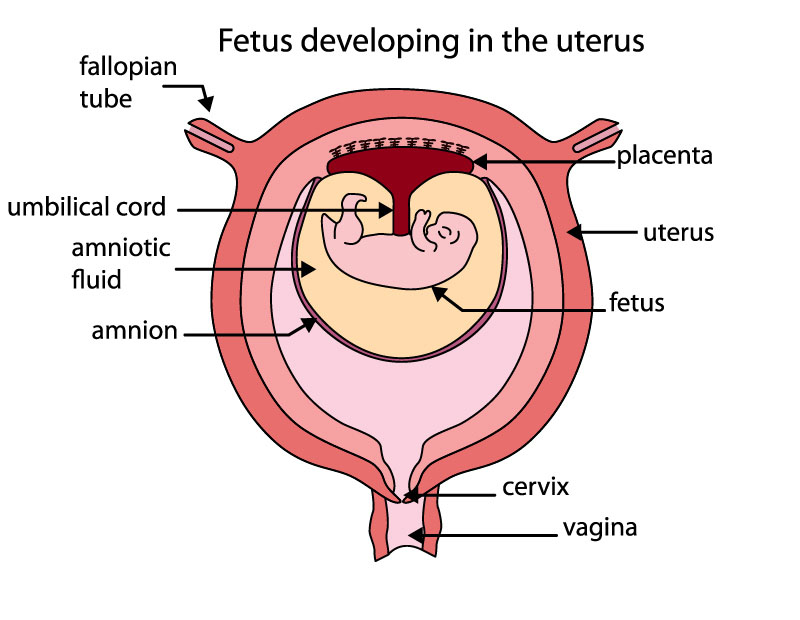

Prenatal support is critical, especially for individuals who do not have prior experiences with pregnancy and may have difficulty from discerning between “normal” changes and more significant issues.
Newborns
Birth has a significant impact on both mother and baby. This video describes some of the things you may observe with a newborn.
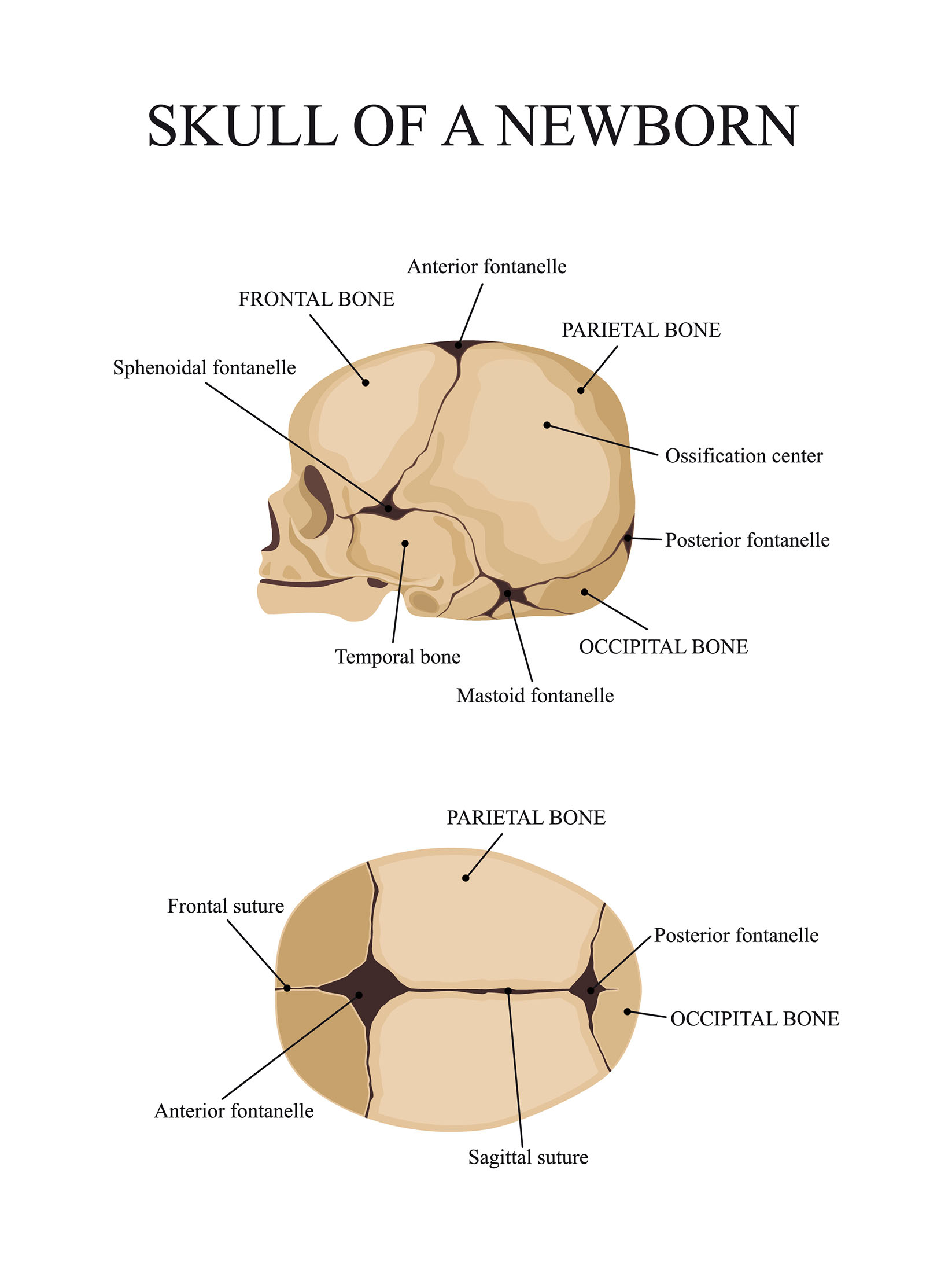
We may know to be careful with a baby’s head, but there are a myriad of other pieces of knowledge that can assist new parents so they don’t have to learn “from scratch.” Education during infancy is critical and new parents often need assistance with the complex and challenging work they have ahead.
The next section continues this story with processes associated with aging.
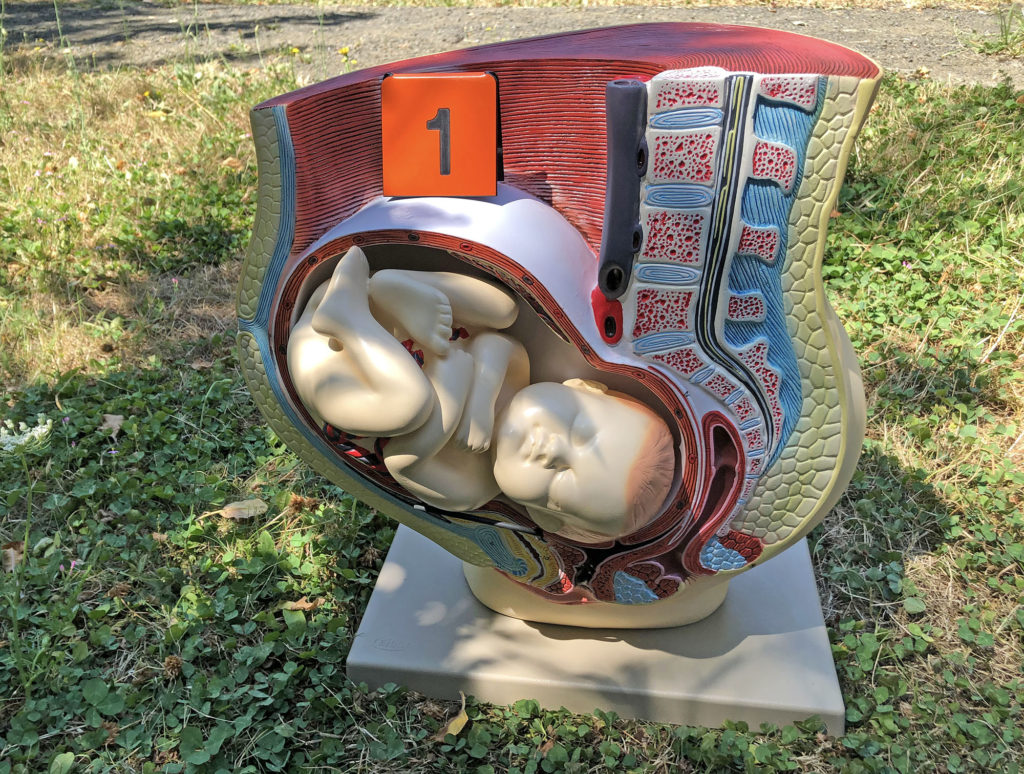
Check your knowledge. Can you:
- describe male and female reproductive structures, including what they produce and factors that can cause infertility?
- list key stages of development after fertilization and impacts on a woman’s body during pregnancy?
- provide characteristics of a newborn, including structures and behaviors?



